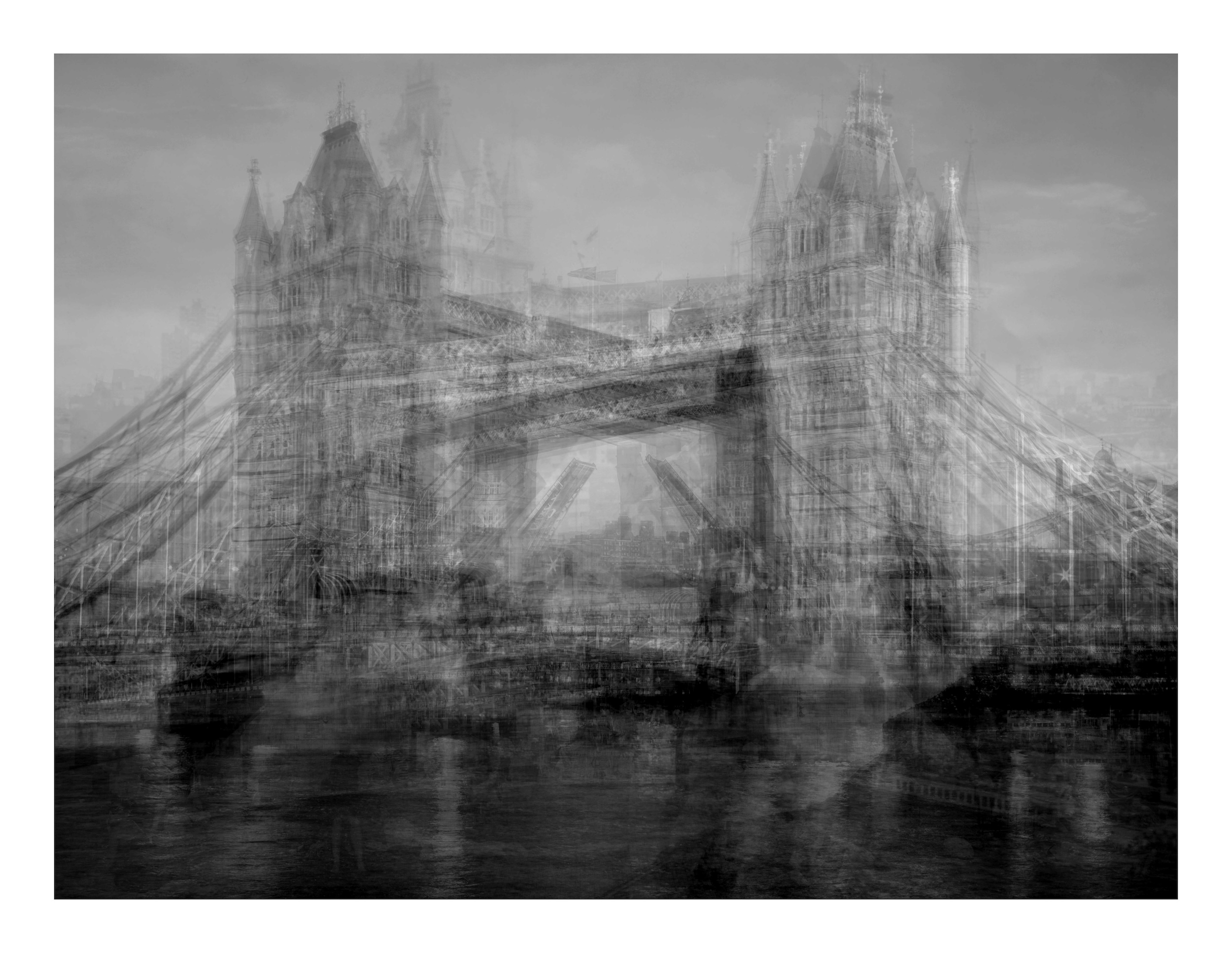Tower Bridge, London, 2012 @ Idris Khan
London Lives gathers work by 30 artists to laud and emulate one of the most multicultural cities on earth, at the Photo London fair. Curator Francis Hodgson explains more
“What I had in mind was that, if you work in London, or if you go for a walk, or if you go shopping, you will meet people who don’t think like you,” says Francis Hodgson. “Your neighbours may not think like you in London, and you are expected to several times a day to get in tune with, and get excited by, and learn from utterly different ways of seeing. The experience of being in the show will be like that, the variety is wonderful.”
We’re discussing London Lives, the exhibition he has curated for Photo London. Taking up both the East and West galleries of Somerset House, the show will occupy a very large space which can hold some 30 image-makers; all of them are Londoners, they’re all showing work made in London, and they’re all still alive, but other than that, Hodgson cheerfully admits, they have very little in common. “I’m very pleased and amused to say they really don’t have any logical connection at all,” he smiles. “It’s a little bit messy, a little bit untidy, a little bit haphazard, but that’s all deliberate. It’s a show that is properly about London.”
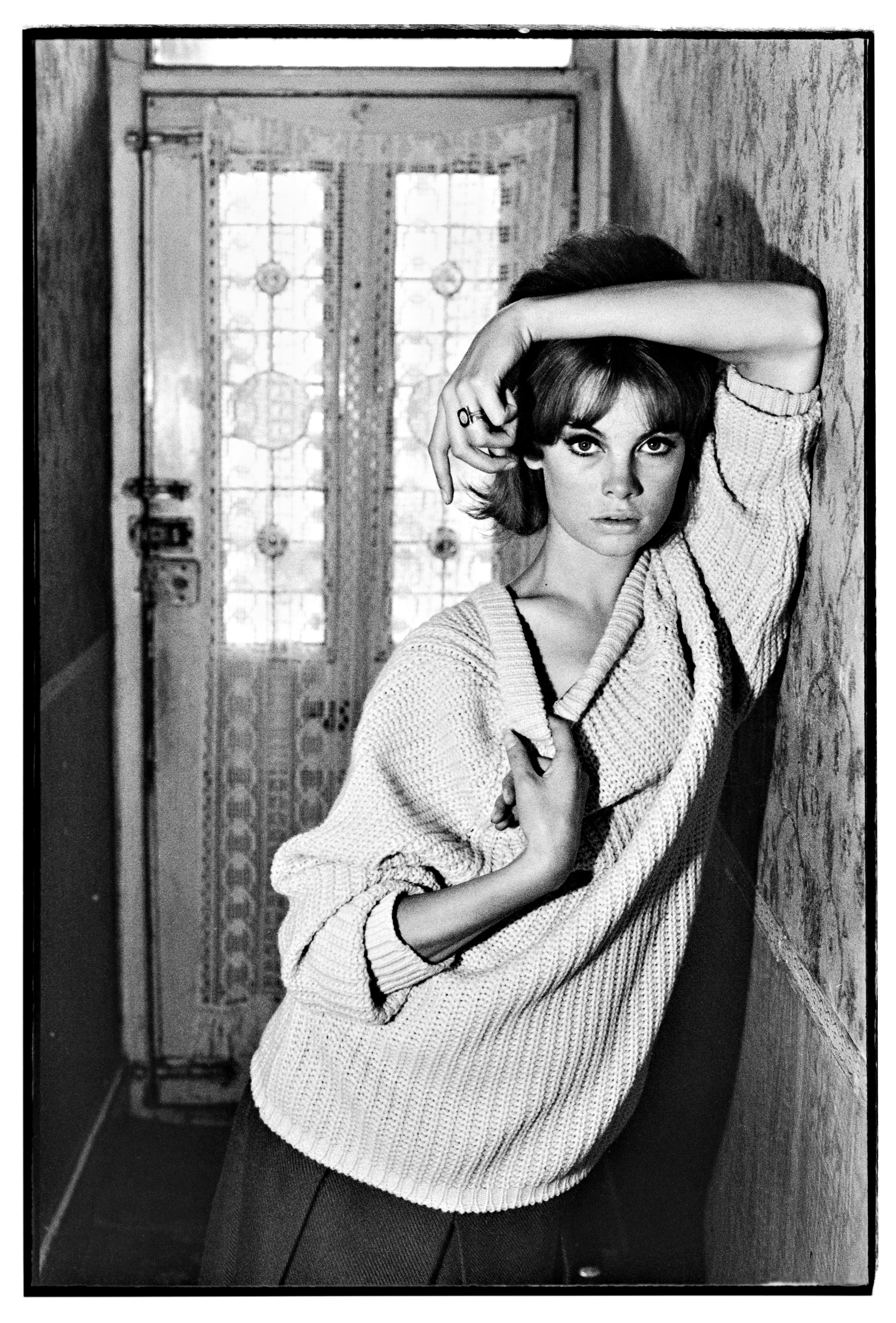
“It’s a little bit messy, a little bit untidy, a little bit haphazard, but that’s all deliberate. It’s a show that is properly about London”
– Francis Hodgson, curator
London Lives includes images made at various points in time, with David Bailey exhibiting shots of Jean Shrimpton taken in the 1960s, for example, while Jermaine Francis shows work newly-commissioned by the FT Weekend Magazine (the FT is a fair partner). Some of the photographs are famous while others are less familiar, or show surprising facets of the artist’s oeuvre. Idris Khan is showing an image of Tower Bridge, for example, one of his celebrated composites, while Edmund Clark, who is known for political works around Iraq and Afghanistan, is showing bucolic photographs of areas “deemed to be of special interest because of botanical, zoological or geological features that merit protection or preservation”.
Hodgson has also deliberately mixed approaches and techniques, and as we speak points out the contrast between Nadav Kander’s posed portraits, made in a shopping mall, and Nick Turpin’s snatched shots of people lost in thought on the bus. Others are more materially varied. Inspired by Sir John Soane’s Museum, Hannah Hughes’ work is part-sculptural and part-collage (and also newly-commissioned by the FT), while Julia Fullerton-Batten presents staged tableaux of historical events from her series Old Father Thames. Heather Agyepong also restages London history, in a series of self-portraits dressed as Mary Seacole. A Londoner and a nurse, Seacole drew on her Caribbean heritage to create natural, herbal medicine. “I guess you’d say contemporary with Florence Nightingale, but not a friend by any means of Florence Nightingale’s,” Hodgson chuckles.
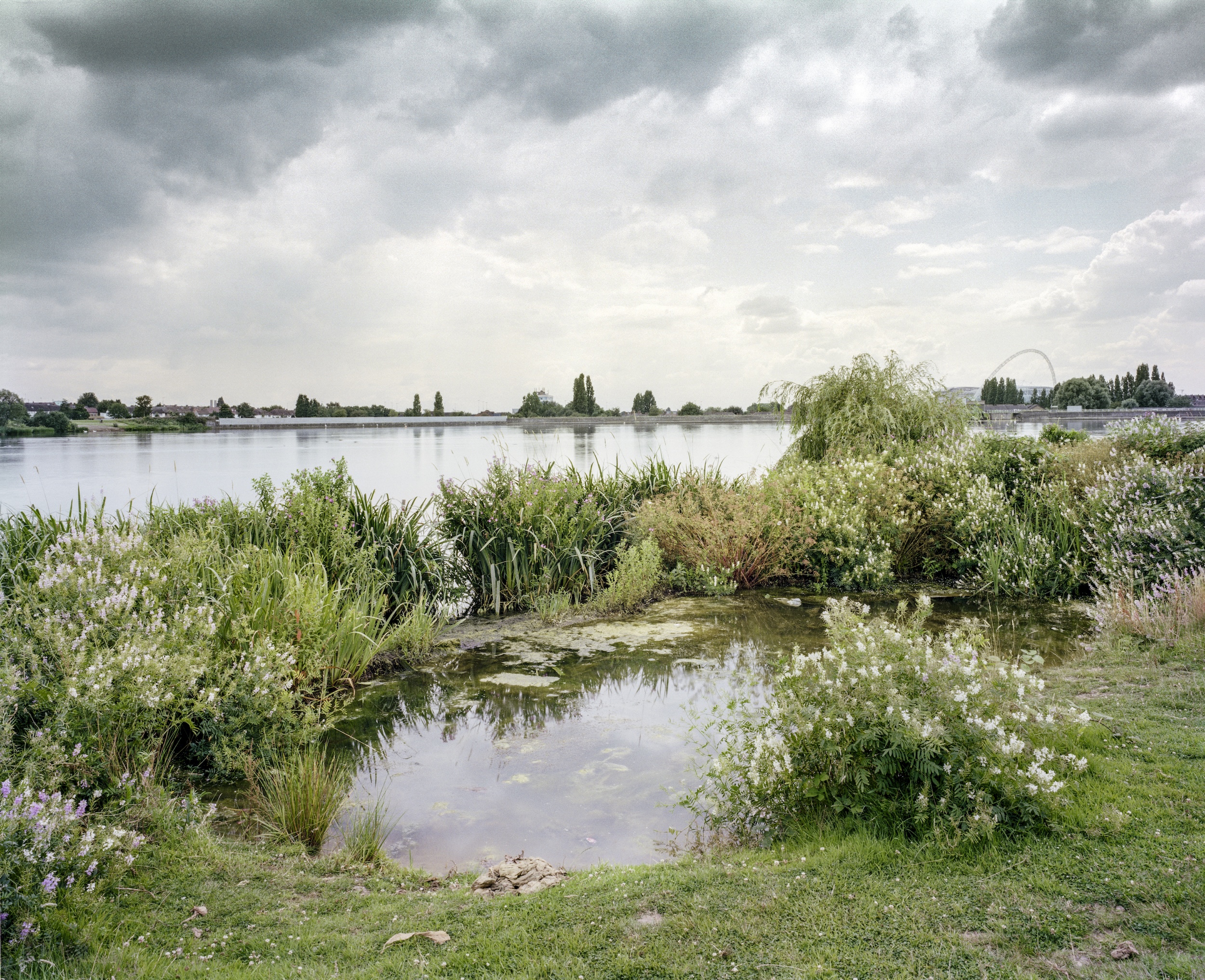
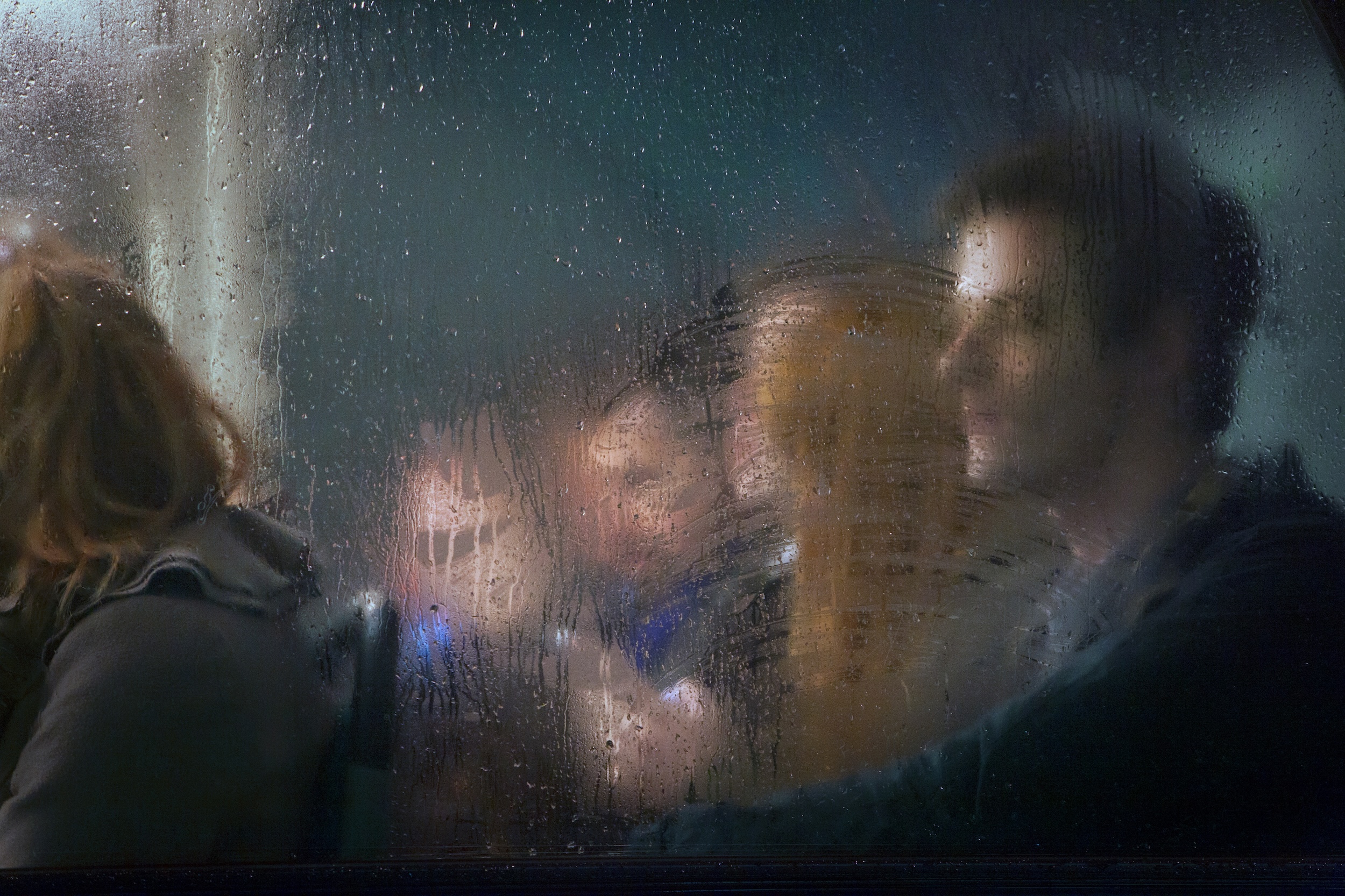
The featured works also vary from huge to tiny in size, which intriguingly Hodgson relates to experiencing London – Londoners see tens or even hundreds of images every day, he points out, ranging from large billboards in the street to tiny thumbnails on their phones. “London is full of people being influenced by imagery in different formats,” he observes. He’s keenly aware London Lives will add to that mix and has thought carefully about its audience, including captions that are “a little wordy” so visitors can “meet” the photographers, but deliberately avoiding anything po-faced. His idea is that the exhibition is like a really good party, he says, a fun and eclectic mix of people and points of view.
“I felt being didactic was wrong for a fair,” he says. “Of course it’s an art fair, many people coming are very experienced in photography and know a lot about it. But it’s also slap-bang in the middle of London – there’s no reason to disrespect a 13-year-old coming in for the first time, or someone pushing a buggy, getting their kid in out of the rain. And there’s a way in which I like those balances to be, again, London balances.”
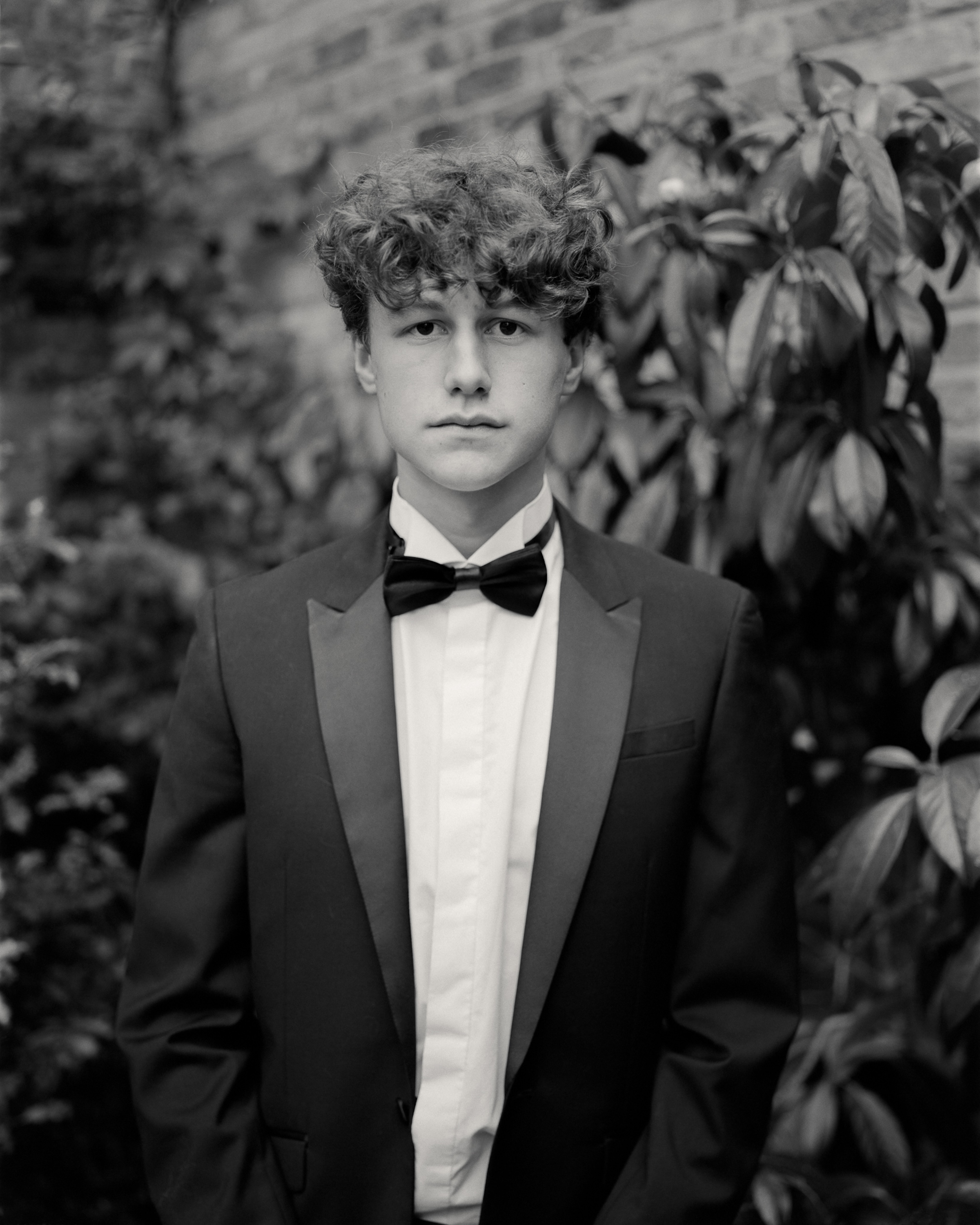
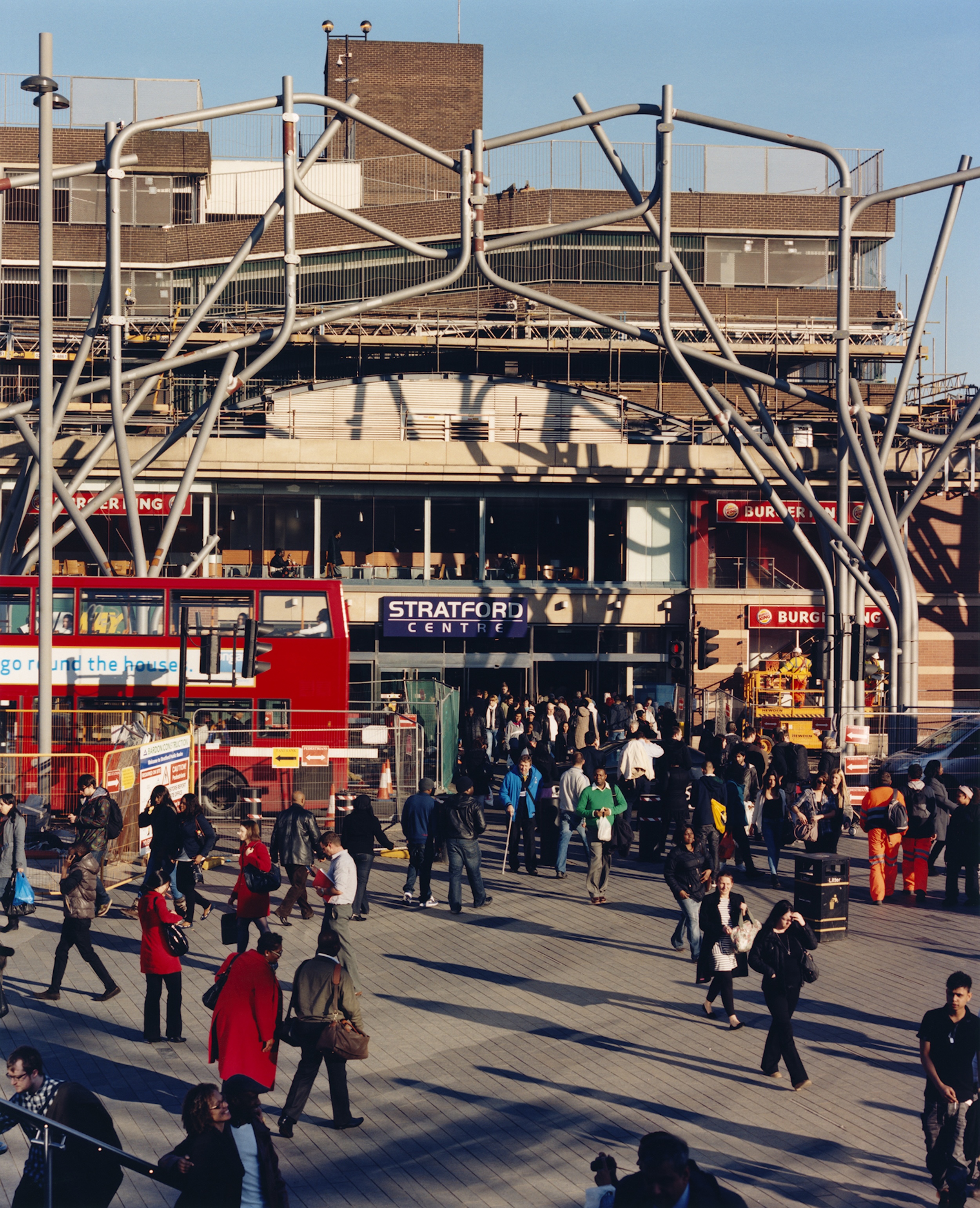
Of course there’s potentially a political reading; London is one of the most multicultural places on earth and this show actively celebrates that fact, just weeks after Reform UK swept local councils with a tough-on-migration stance. Hodgson says this thinking informs his curation [though we’re speaking before the elections] but adds it’s “absolutely not my business, in an art fair, to smash people on the head, to lecture people”. Instead he hopes to gently insist on London’s messy richness, while deliberately keeping things light – just as some of the artists have done.
He points to Bailey’s image of Shrimpton, for example, which was shot in the East End not the King’s Road; Bailey grew up in the bomb-damaged, impoverished East End and was keenly aware that “the haves had not looked after the have nots” and his image, shot in his mother’s house, gets that point across. Bailey just chooses not to caption it in that way. Similarly, Joy Gregory is showing the series Alongside Matron Bell, which was commissioned by Lewisham Hospital in 2008 to celebrate 60 years of the NHS. It’s centred around Marjorie Bell, the first matron at the hospital under the NHS, appointed in 1948; it also records some of the many nurses and healthcare workers she helped train, who left the Caribbean to work in the nascent NHS and were critical to its success.
“Joy is a very serious person,” says Hodgson. “She’s very good at race and gender, and this is an absolutely, profoundly serious work. But you know it was commissioned by a hospital to entertain the staff and patients as they walked down the corridors. It’s both serious and light, and that absolutely stands for the whole of the show.”
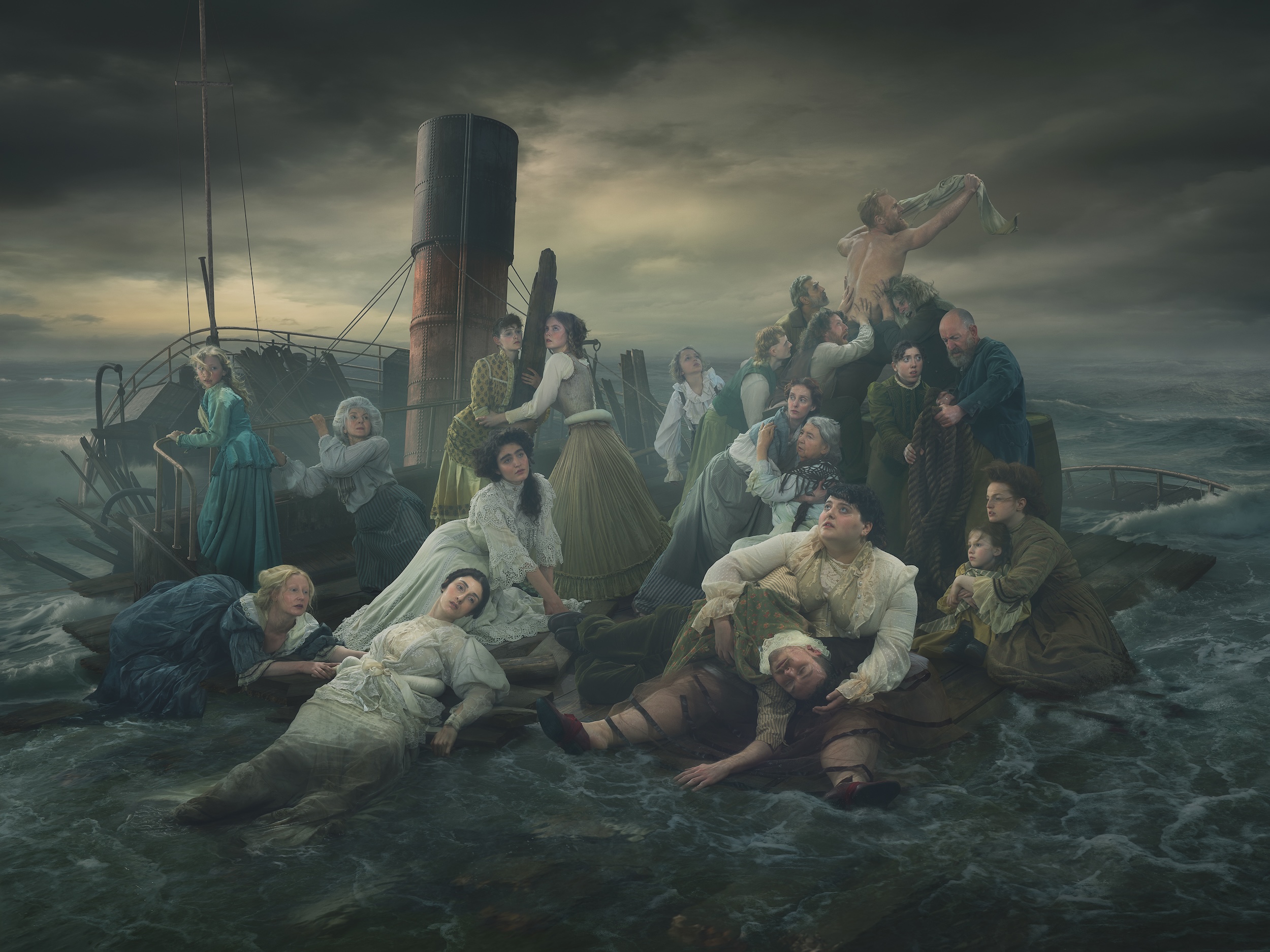
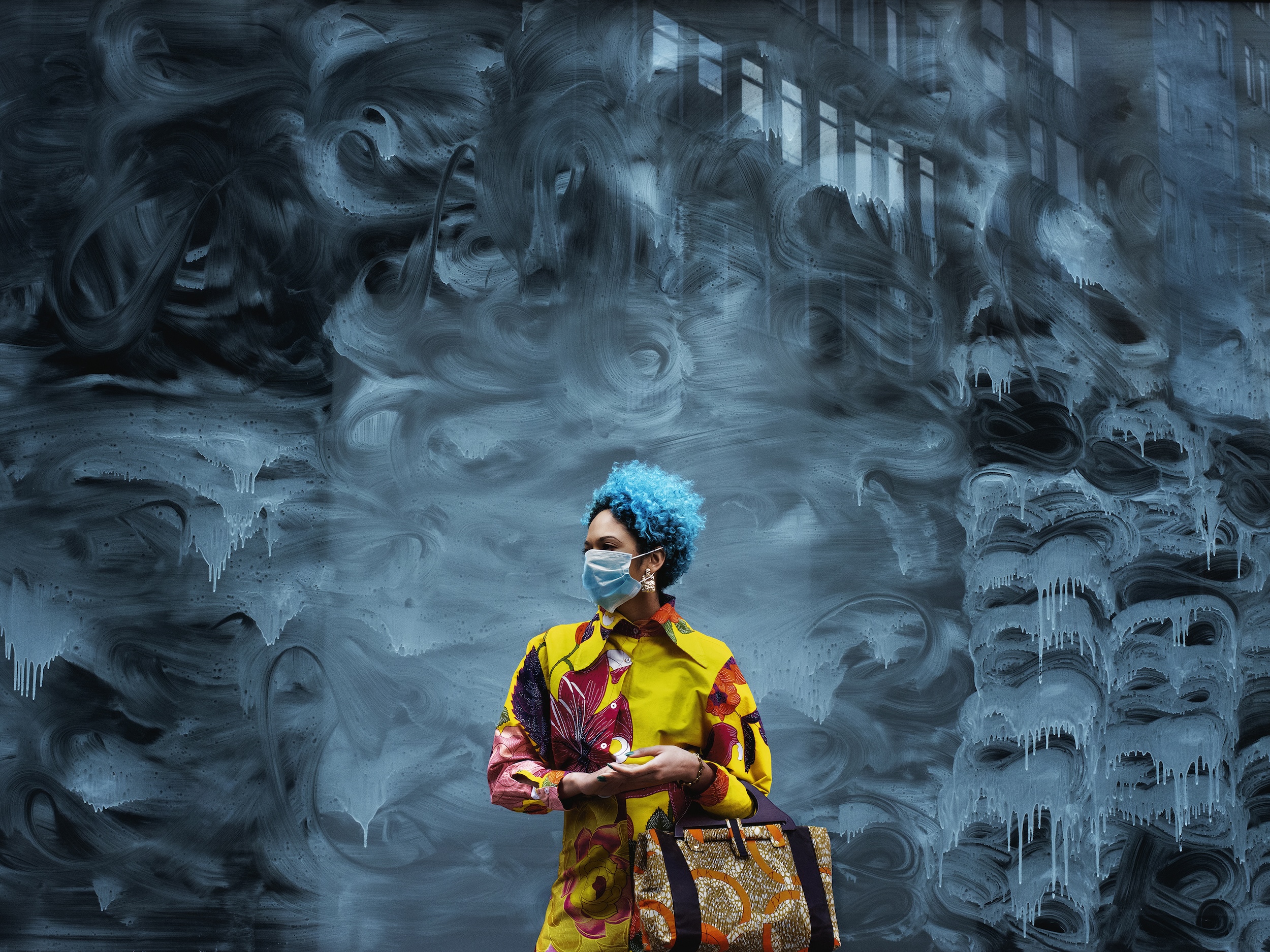
London Lives is on show 15–18 May in Embankment East & West Galleries, as part of Photo London. The VIP preview is on 14 May. photolondon.org

